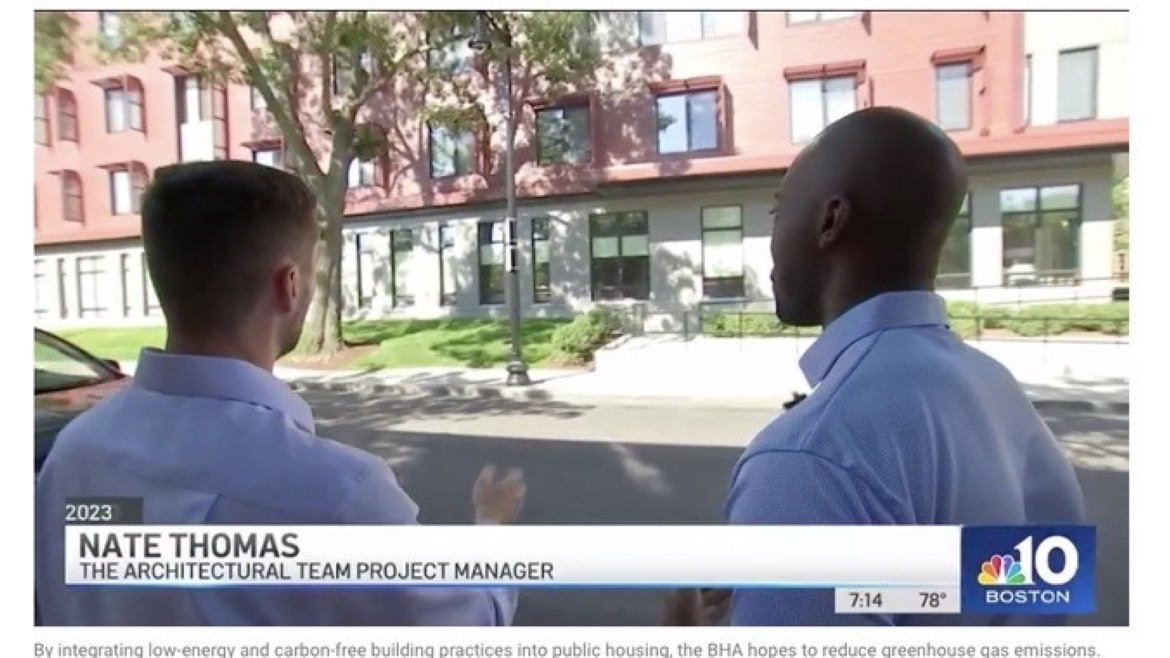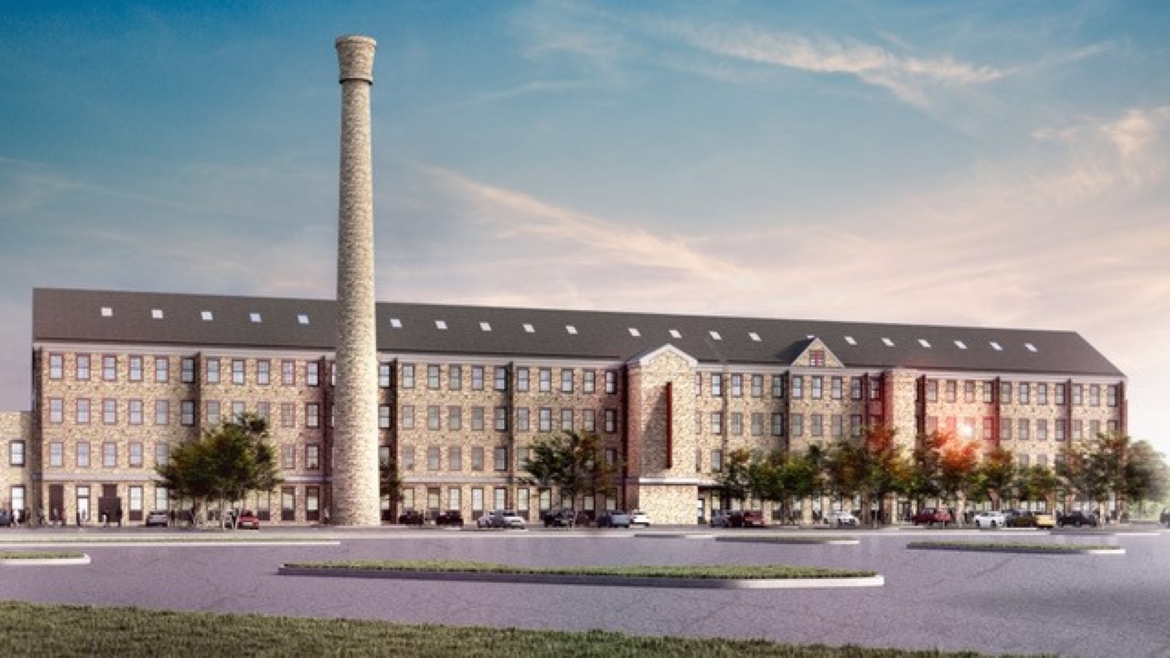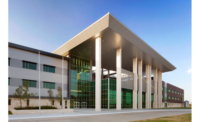With stricter energy codes on the horizon in cities nationwide, real estate leaders are more focused on sustainability and energy efficiency than ever before – and they are relying on creative, forward-looking architects to ensure both new and renovated buildings will meet both upcoming mandates and their own green design goals.
“Multifamily developers and owners recognize that investing in sustainability and decarbonization today is an essential step towards reducing long-term operating costs, helping the environment and improving quality of life for residents,” said Nate Thomas, AIA, CPHC, director of sustainability at The Architectural Team. “New codes and regulatory shifts are simply creating an inflection point that will tip the balance in favor of acting quickly to reduce emissions and move towards regenerative architecture and development models.”

Photo courtesy of The Architectural Team
New Regulations Boost Energy Efficiency Trends
In fact, Thomas – who was recently featured in an NBC news segment about sustainable design for affordable housing – sees that previously niche design strategies focused on decarbonization and achieving high levels of energy efficiency are now on the verge of becoming mainstream.
A well-regarded expert on topics related to Passive House design, sustainable construction practices and the role of environmental, social and governance considerations in commercial real estate, Thomas is a valuable source on the most effective design and building strategies for boosting building performance, as well as the evolving regulatory landscape that is helping to drive these innovations and the significant benefits that residents see in terms of comfort and well-being.

Photo courtesy of The Architectural Team
Top Trends from Nate Thomas
-
Broader adoption of Passive House design and construction principles, particularly in affordable housing developments, where key incentive programs are increasingly tied to energy efficiency. As an example, Thomas points to TAT’s ongoing work at Boston’s award-winning Anne M. Lynch Homes at Old Colony. Recently highlighted in a feature story by NBC Boston, the large-scale affordable housing community launched its first Passive House component last fall — and all subsequent buildings are designed to Passive House standards.
Thomas predicts that within the next few years, more than half of new multifamily projects will use the Passive House approach, which also lowers ongoing operating costs and improves the well-being of residents through better indoor air quality and enhanced noise attenuation. “Passive House is the most effective tool to date for producing measured reductions in a property’s operating carbon footprint, which accounts for approximately 80 percent of building emissions,” he noted. “And because of the increased and optimized envelope and systems efficiency inherent to this approach, occupants will also benefit from better air quality, less sound pollution and related enhancements to their home environment – which makes these buildings more attractive to potential residents.” -
Deep energy retrofits are becoming the norm for older buildings as code compliance imperatives outweigh the high upfront cost of comprehensive envelope and building system upgrades, including full electrification. Careful planning and cost analysis will be key to ensure appropriate budget allotments and project scheduling, Thomas notes. He also points to an emerging overlap between deep energy retrofits and the asset repositioning renovations of 20- to 40-year-old properties that make up a large percentage of the country’s affordable housing stock, noting that retrofitting now is the best way to future-proof these buildings for decades to come.
As an example, Thomas points to TAT’s adaptive reuse of the historic Stone Mill complex in Lawrence, Massachusetts, where an all-electric, low-carbon design incorporates a high-efficiency heating and cooling system, extensive insulation and triple-glazed windows that reduce the 86-unit property’s energy consumption and long-term carbon footprint. “In order to reduce carbon emissions to the levels local, state and national leaders are targeting, it’s essential to upgrade existing buildings,” he said. “Simply improving the performance of new construction will not be enough.” -
Carbon tracking as a standard practice. “The concept of counting carbon and being able to prove that you are either sequestering carbon or getting to net zero on your buildings is quickly becoming a trend, and owners and developers will need to have systems in place and be able to show data,” Thomas said. Already, he notes, many municipalities are requesting carbon analysis reports on new projects, with initiatives such as Boston’s Building Emissions Reduction and Disclosure Ordinance establishing reduced greenhouse gas emissions parameters for large buildings with the aim of achieving net zero by 2050. As a related benefit, Thomas notes that performance-based standards also allow for local and sustainable materials to be used, with building teams having the flexibility to specify better materials.
“There’s no one-size-fits-all approach to sustainable design and construction that developers and owners can simply apply to every project in order to meet upcoming mandates,” Thomas concluded. “Working with a dynamic and sophisticated design team from the earliest stages of planning is essential to uncover the best and most effective sustainability approach, and to provide opportunities for regenerative solutions as well.”





Report Abusive Comment